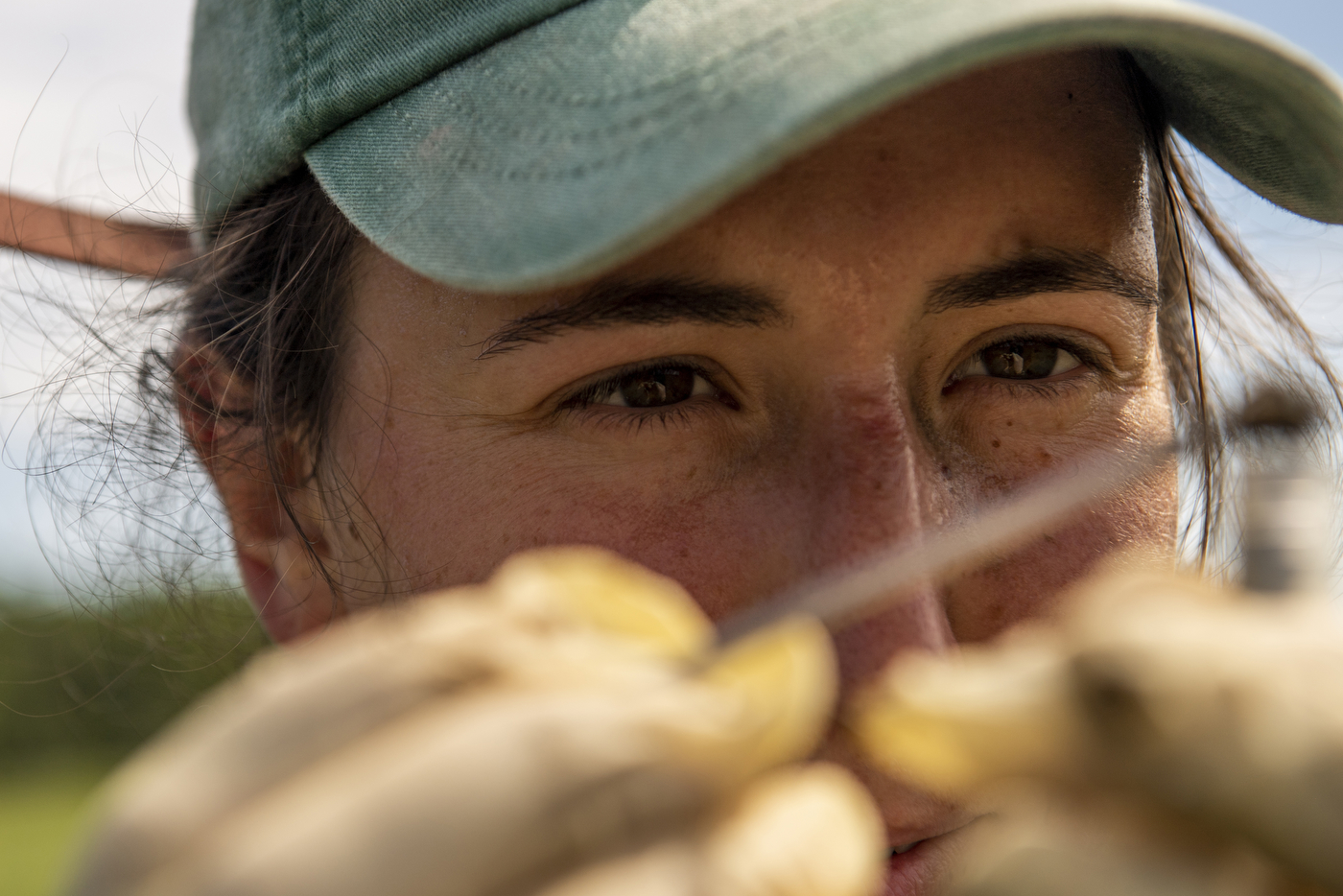The tall slender leaves of the marsh grass spartina that edge coastal areas from the Atlantic Coast to the Gulf of Mexico in the United States function as an environmental workhorse, halting erosion and grabbing carbon dioxide from the air and storing it in the soil.
“It’s a foundation species in marshes. It holds the sediment in place, which is really important for erosion purposes. It provides habitat for critters—snails, crabs, fish,” says Northeastern University doctoral student Johanna L’Heureux.
And, she says, “It’s super efficient at capturing carbon dioxide.”
But the microbes around the roots of Spartina alterniflora, or cordgrass, also release carbon dioxide into the air when they break down carbon compounds for energy.
Scientists don’t yet know whether environmental changes such as sea-level rise will cause shifts in the identity and behavior of soil microbes. Will the trend be that spartina-associated microbes release more carbon dioxide into the air, or will they store increasing amounts safely in the soil?
L’Heureux is determined to help answer that question as part of her national Margaret A. Davidson Graduate Fellowship, under the auspices of the National Oceanic and Atmospheric Administration. Over the past year she has set up an experimental station at the North Inlet-Winyah Bay National Estuarine Research Reserve “right smack dab in the middle between Myrtle Beach and Charleston” in South Carolina.
L’Heureux’s study on microbes will add to a large body of research on salt marsh response to sea-level rise that has been conducted at the reserve.
Read more on News@Northeastern.

